Right off the bat, the M3 MacBook Airs aren't as interesting as the M2 models.
July 2022's M2 MacBook Air updated the design of the 13-inch laptop for the Apple Silicon era after the M1 Air's external design played it safe. And the first-ever 15-inch MacBook Air, released over a year later, was an appealing option for people who wanted a larger screen but didn't need the extra power or cost of a MacBook Pro. Together, they were a comprehensive rethink of Apple's approach to its mainstream laptops, modeled after the similarly dramatic Apple Silicon MacBook Pro redesigns.
The M3 Airs don't do any of that. They are laptop designs we've already seen, wrapped around a processor we've already seen. But they may end up being more important than the M2 Airs because of when they're being released—as the last of the Intel Macs slowly age and break and Apple winds down software support for them (if not in this year's macOS release, then almost certainly next year's). Between the faster chip and a couple of other feature updates, the new machines may also be the first ones that are truly worth a look for M1 Air early adopters who want an upgrade.
Apple left us a scant 48 hours to test and use this laptop, but here's what we've observed so far.
Does the design hold up?
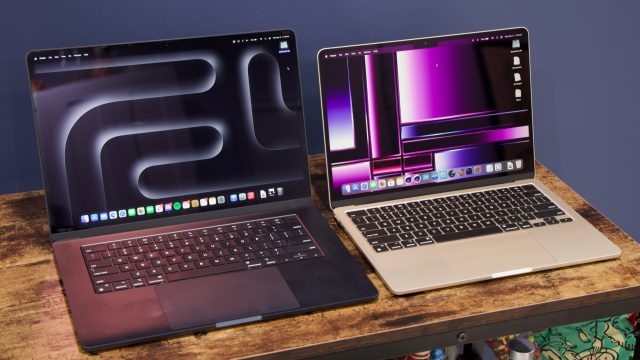
The M1 MacBook Air is still the one I use most days, and anyone coming from a 2018–2020 Intel MacBook Air will be familiar with the design. So the M2/M3-era MacBook Air design is still striking to me, despite being the better part of two years old.
By and large, I think the newer design holds up pretty well; I don't mind the loss of the taper, even if it makes the laptop look a bit more boxy and less sleek. The full-height function row and tweaked keyboard are both good, and I don't generally have issues with trackpad palm rejection on either the 13- or 15-inch models. It's nice to have MagSafe back, though in the end, I almost always charge the Air with one of the many USB-C chargers I have strategically tucked into most rooms in the house.
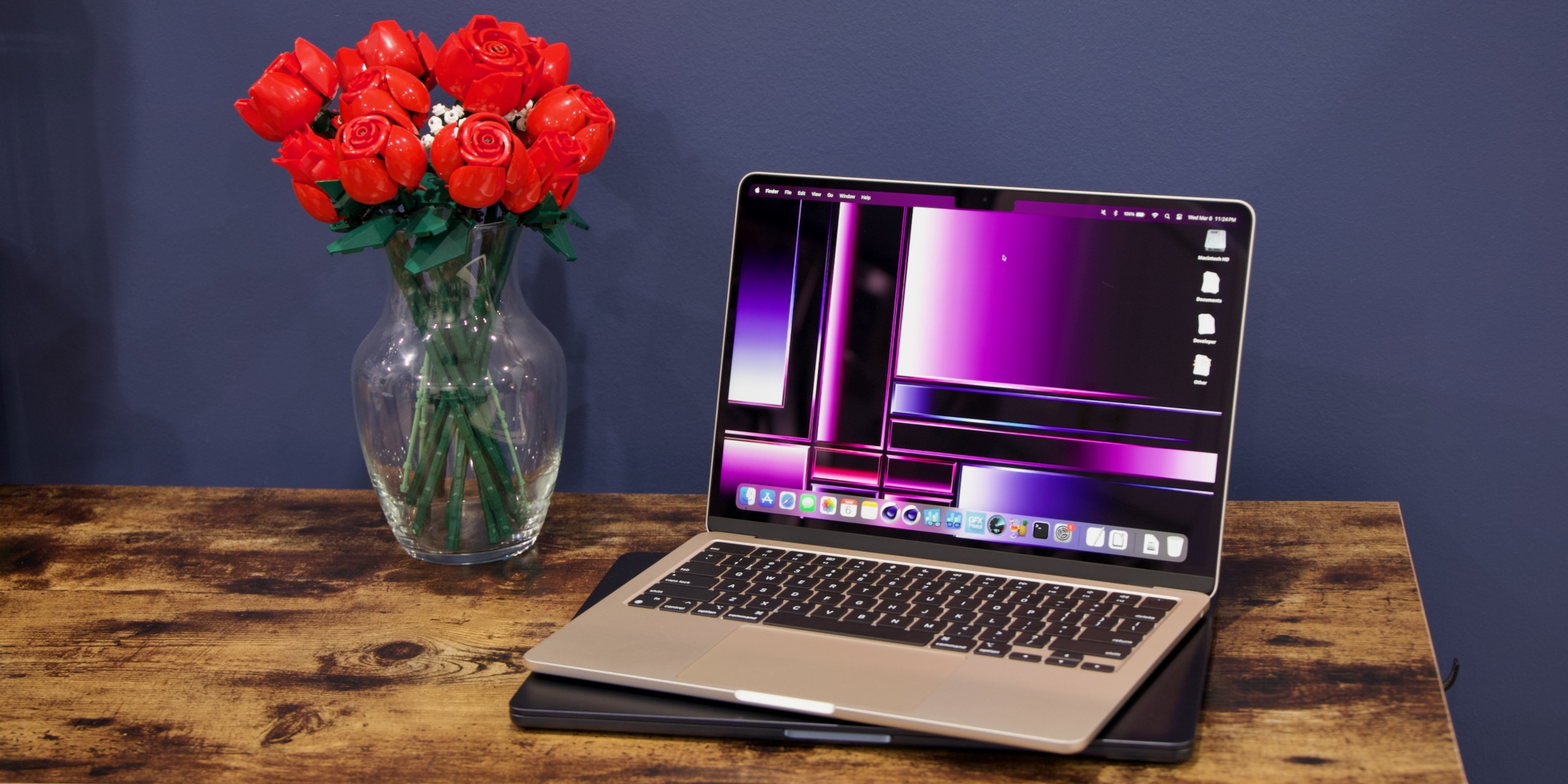
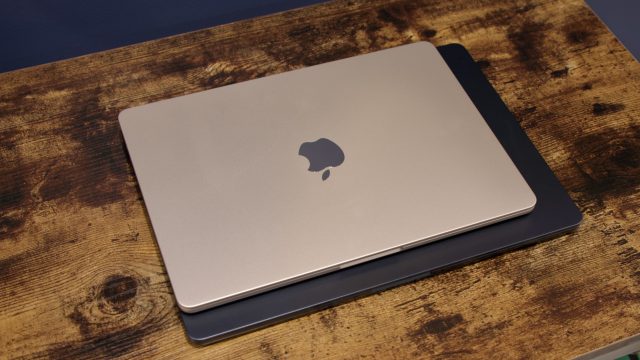
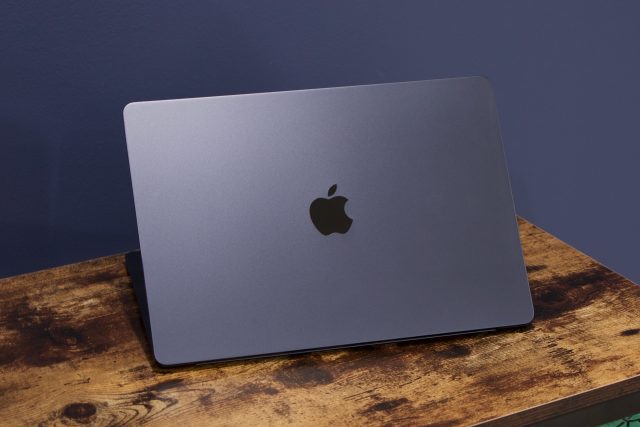
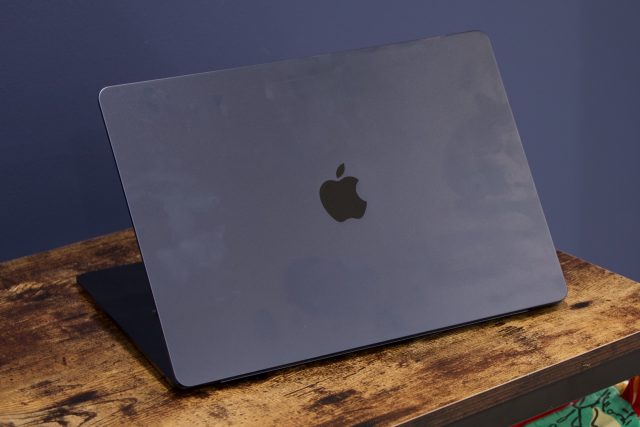
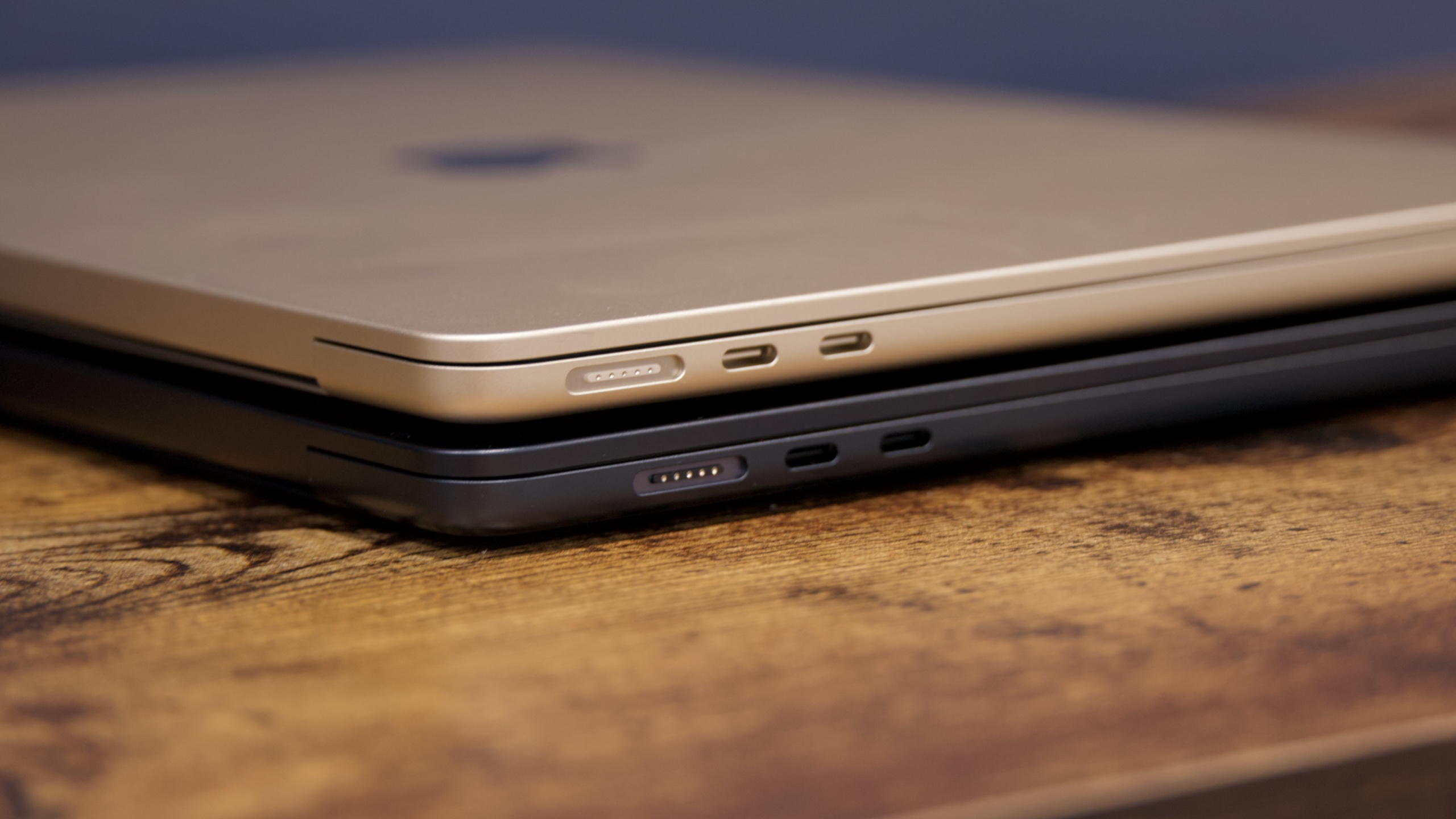
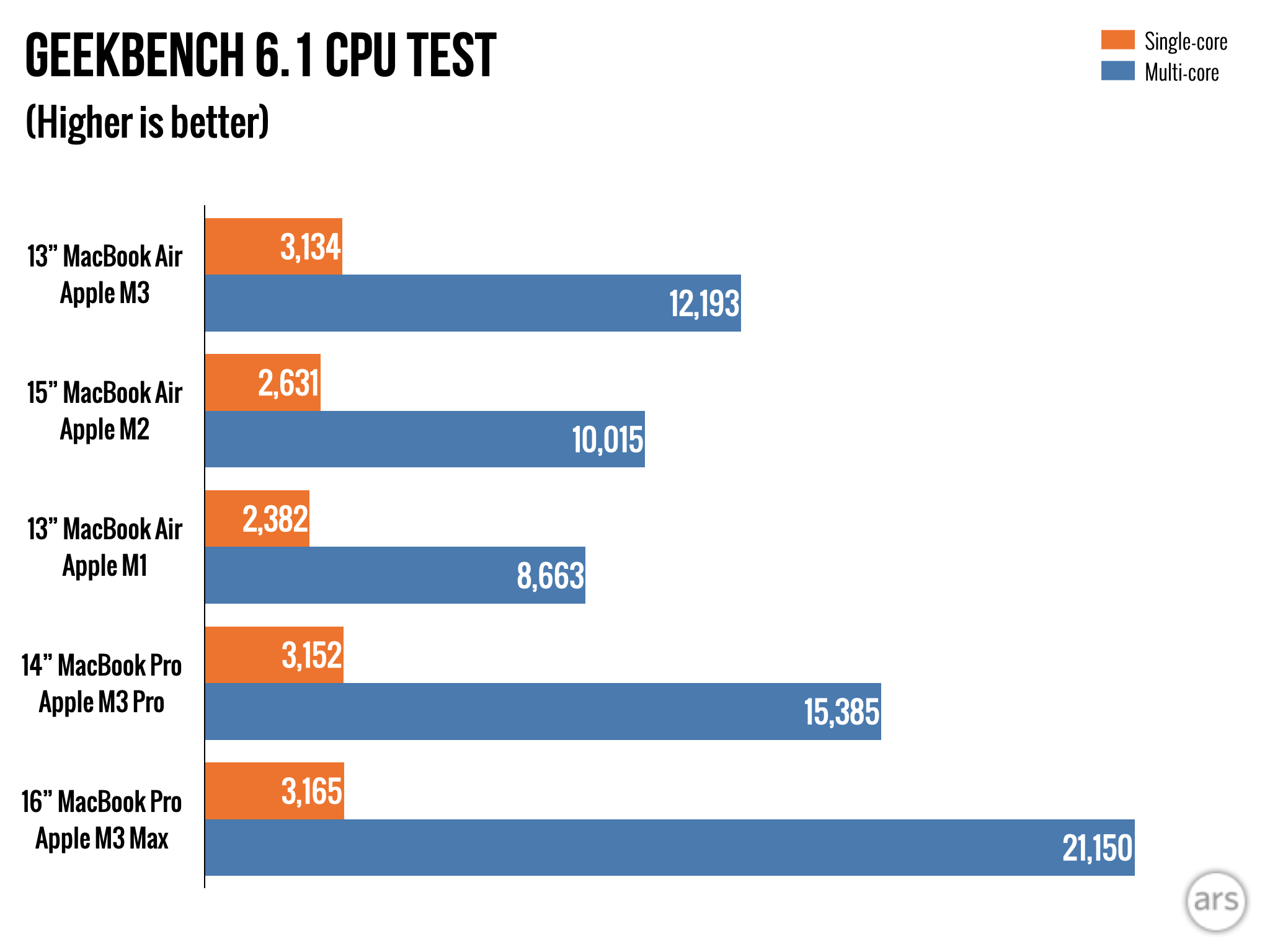
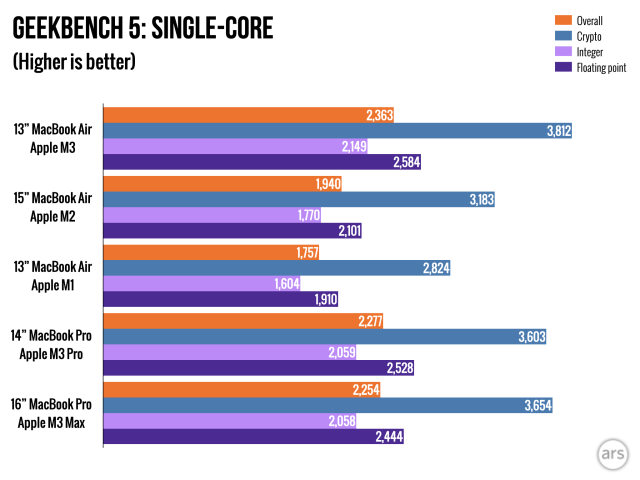
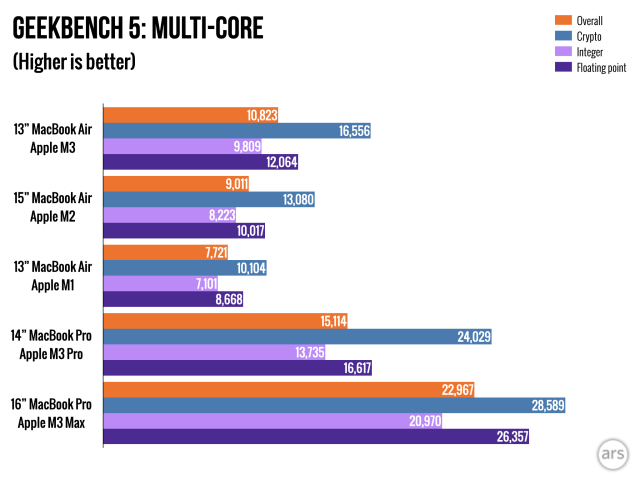
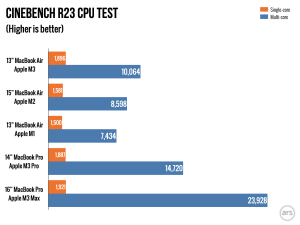
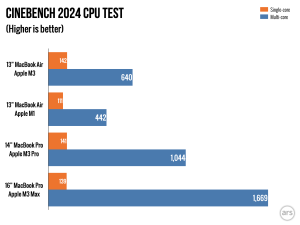
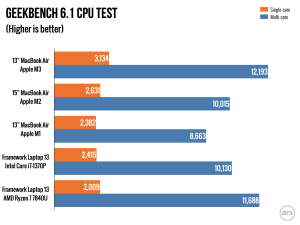
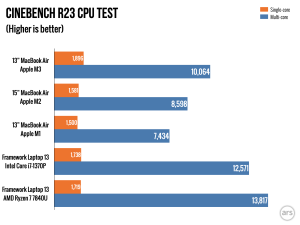
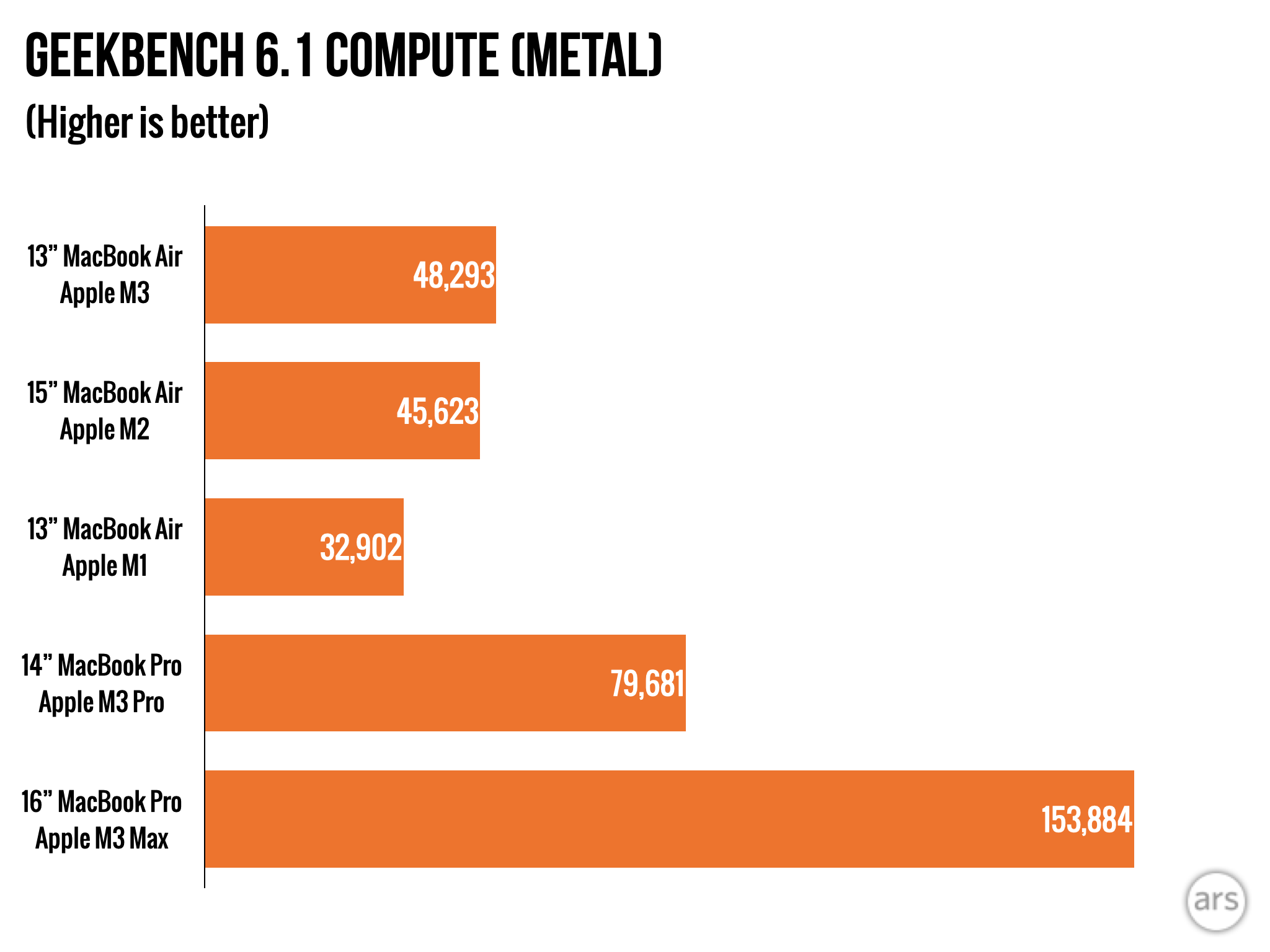
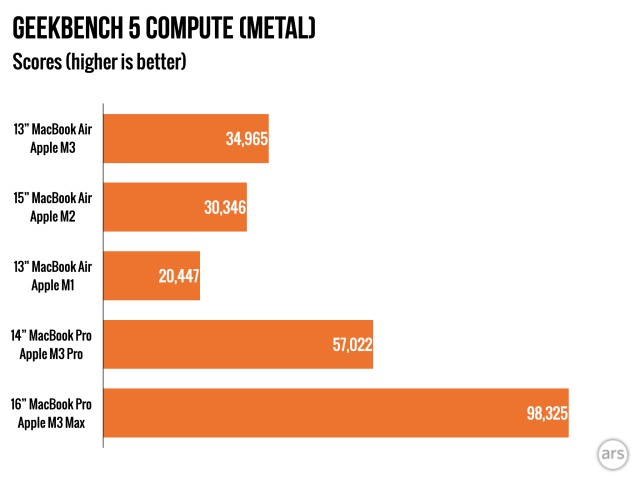
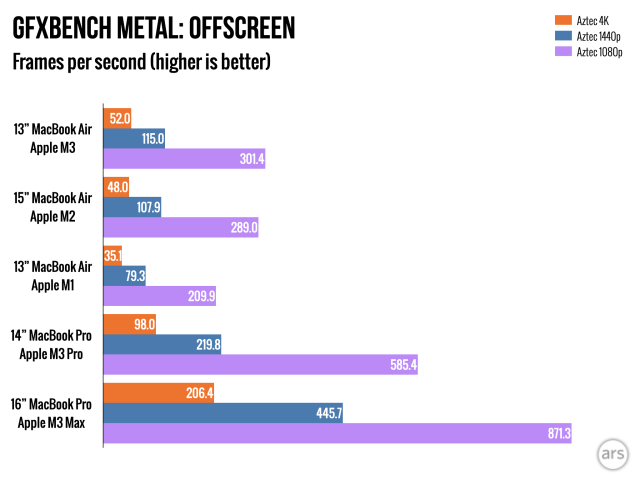
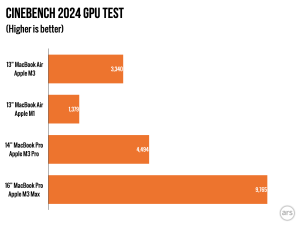
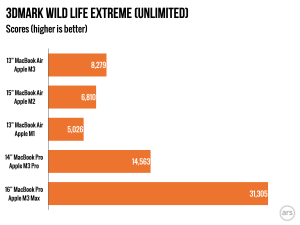
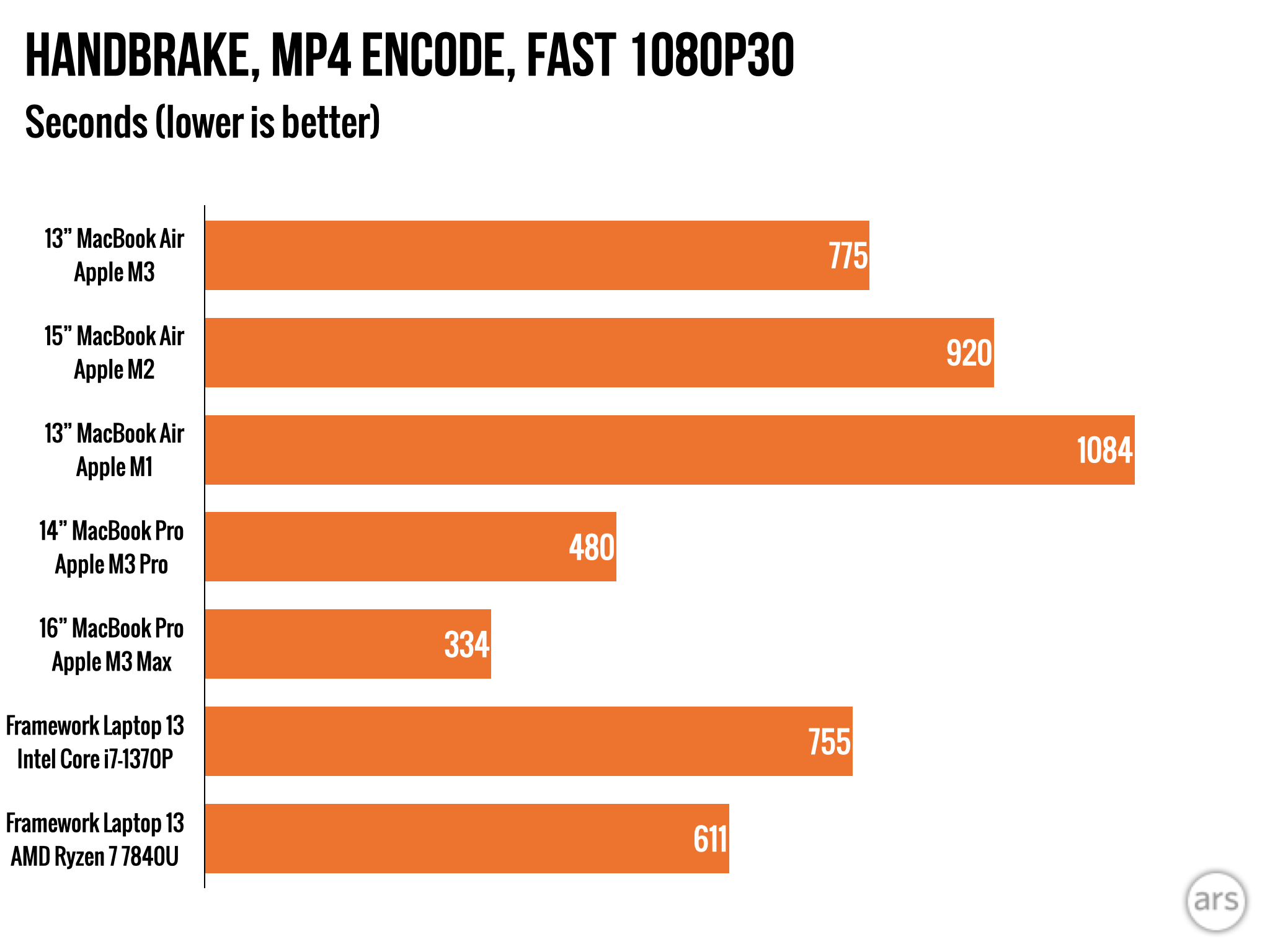
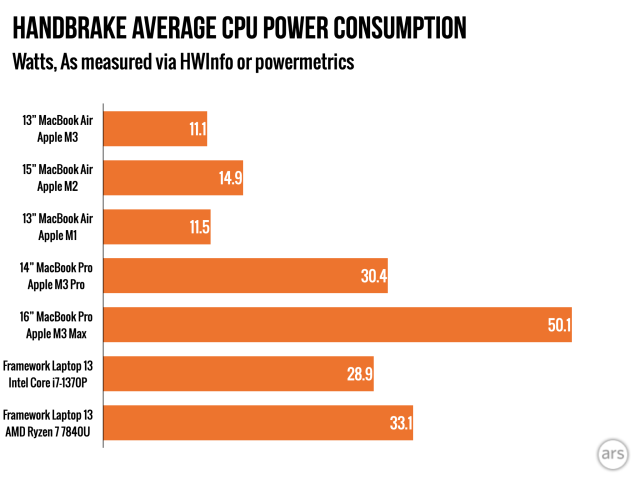
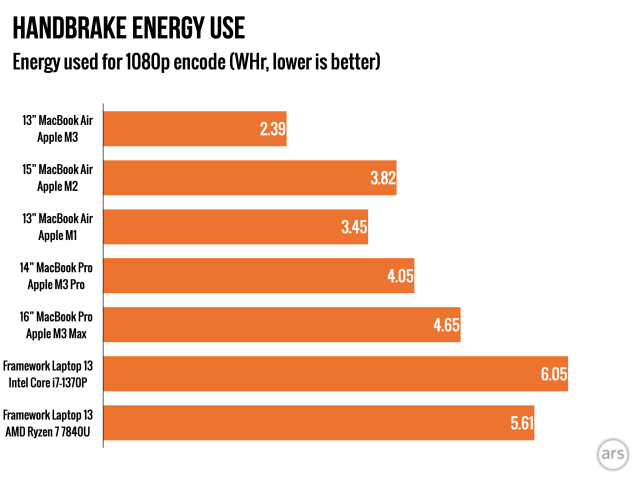
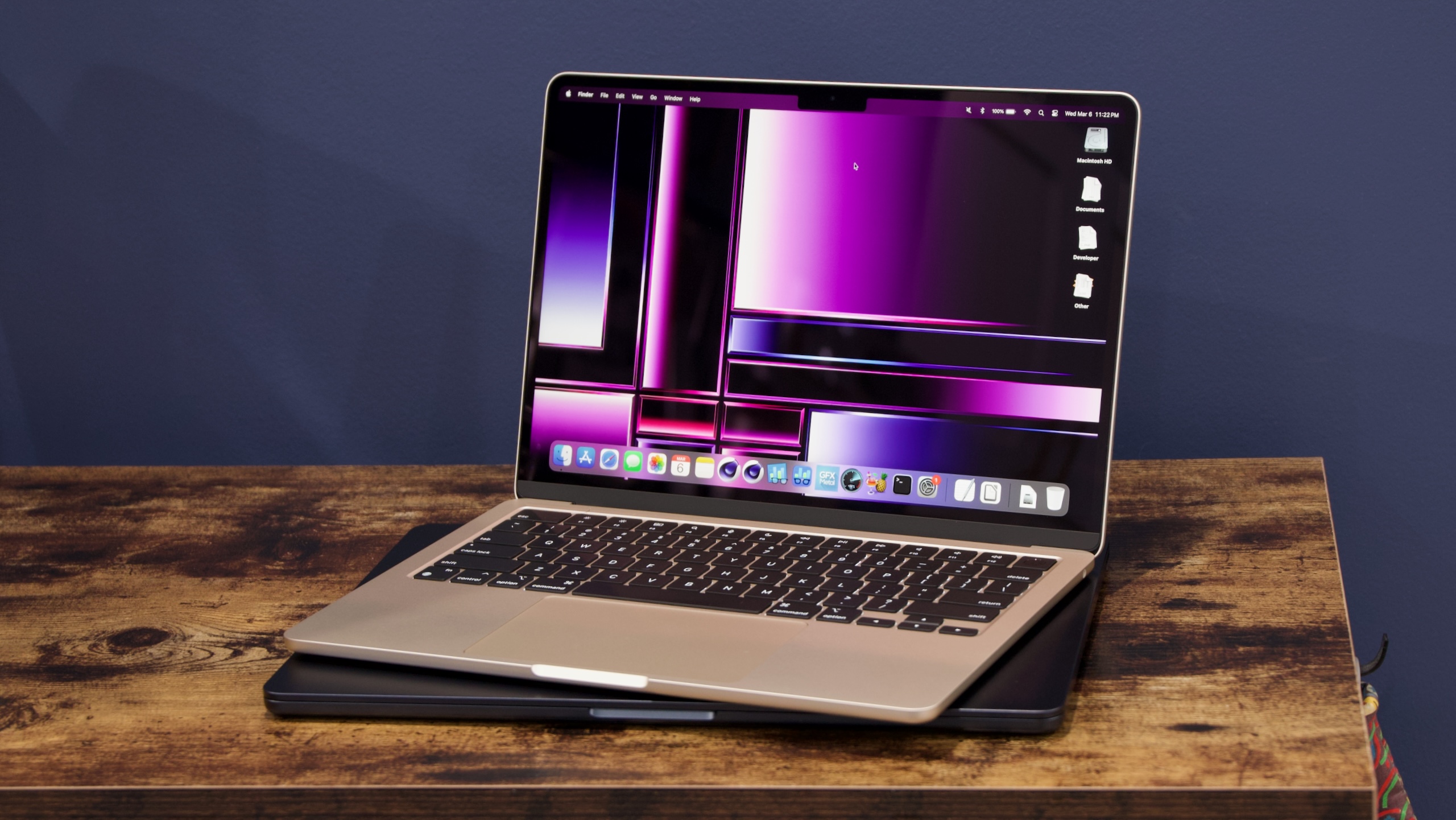



 Loading comments...
Loading comments...
